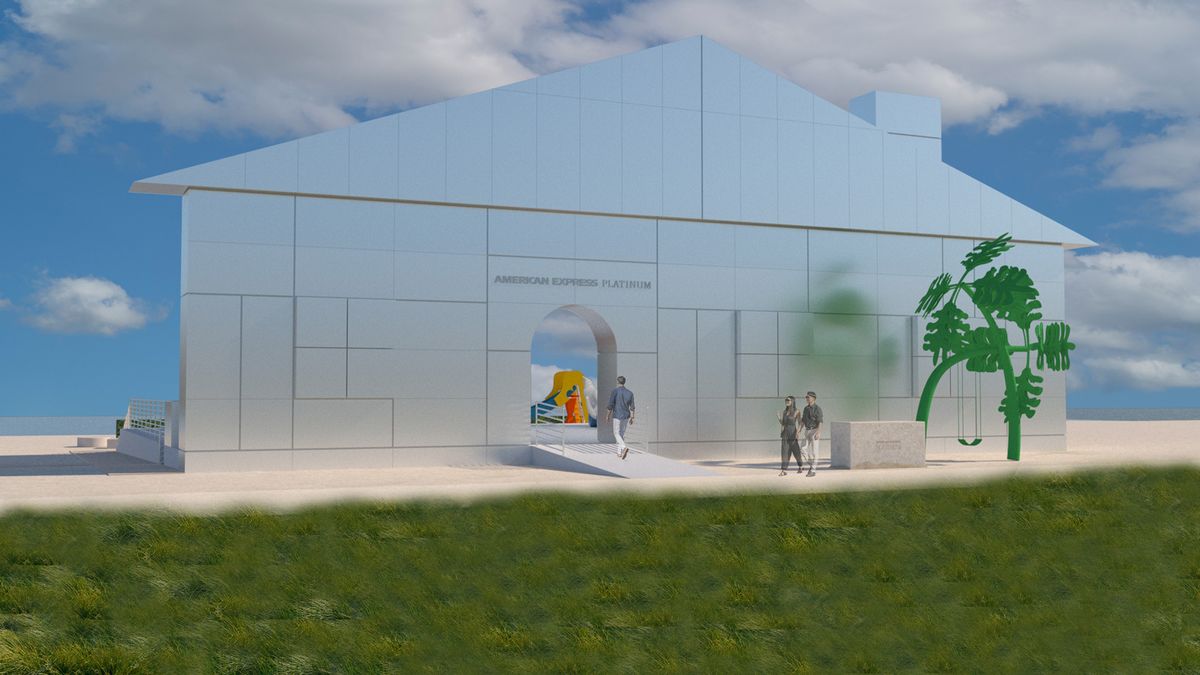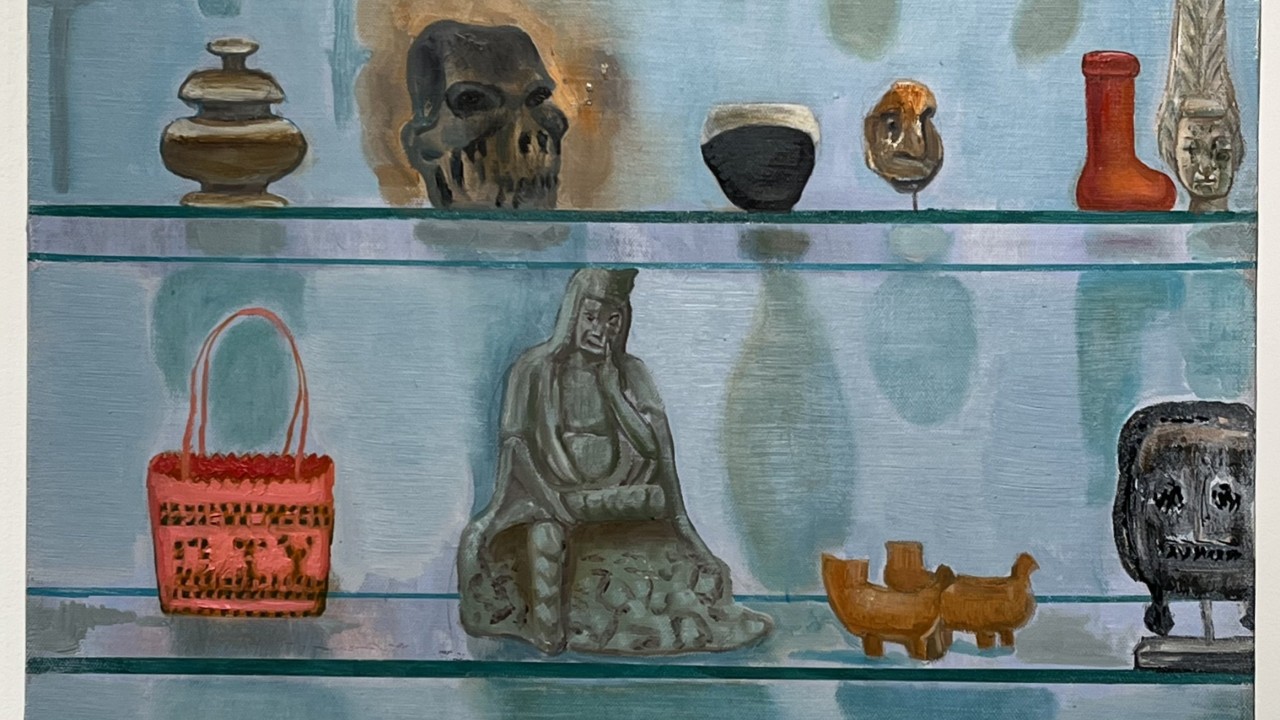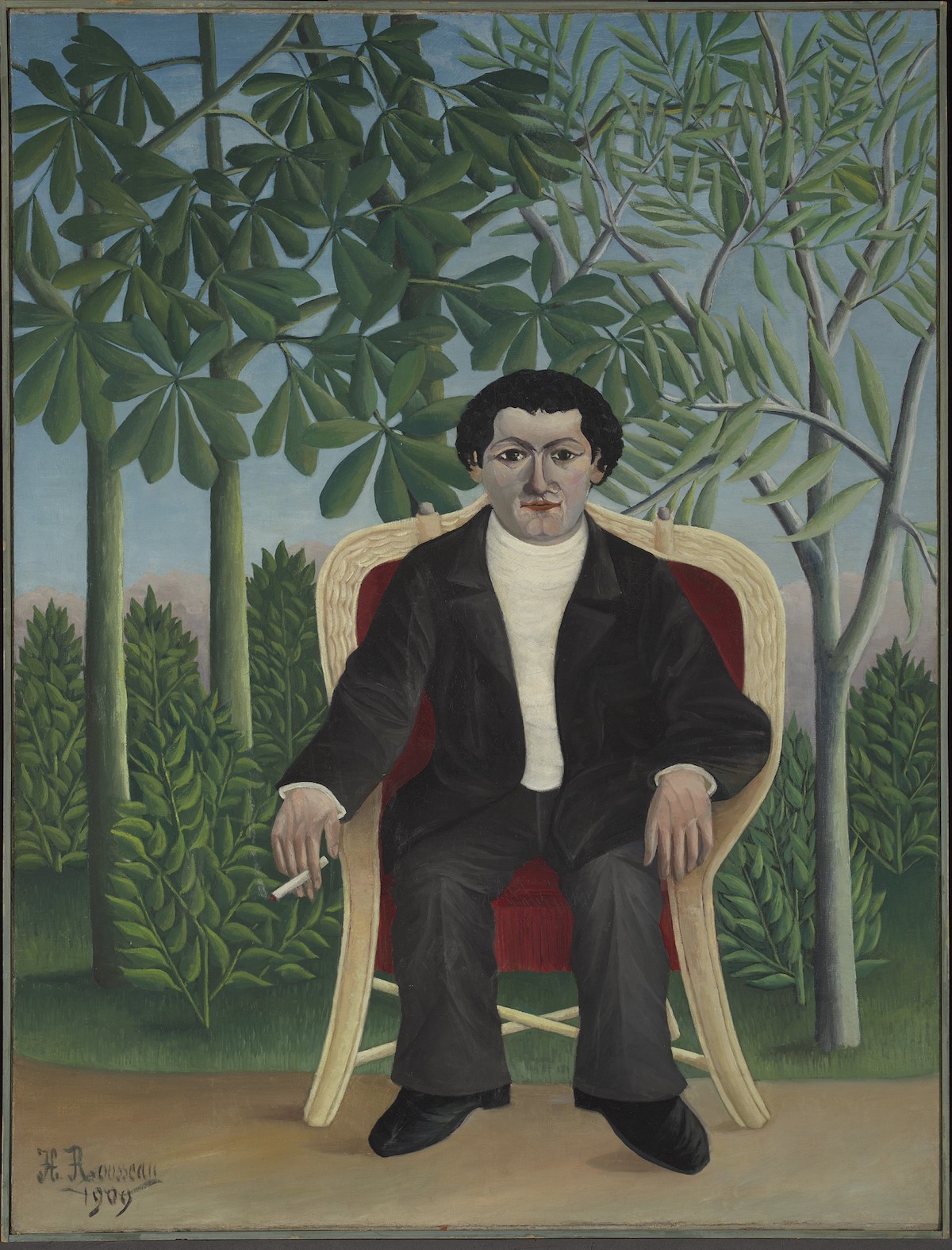After Reality
2012 - Film & Video (Film & Video)
13:10 minutes
Zhou Tao
After Reality is a video by Zhou Tao, which was born out of his residency with the Kadist Foundation in Paris in 2012-13. Prior to arriving to the residency, the artist had begun filming in in Guangzhou, China, capturing footage of the lush vegetation from the semi-wild and semi-urbanized zones of Guangzhou’s urban fringe and a group of Dragon Boat rowers training in the adjacent river. As he arrived in Paris, he was confronted with the radical difference with which Europeans arrange and organize environments: the highly manicured cityscapes of Paris in stark contrast with the overgrown abundance of Guangzhou. Using the notion of “geometrical editing” Zhou Tao then worked to incorporate images shot in Paris to his previous editing, focusing on the idea of continuity in between spaces as means to create a third, imaginary space through film. Adding another layer of complexity, Zhou Tao also subtly appears performing in the footage among the scenes of rowers and farmers going by — either walking at a slightly slower pace behind them or assuming difficult stances amid the luxuriant vegetation. The result is a film that is untethered to space and confronts us to a kind of unhistorical time where background and stage, viewer and actor, fact and story line, documentation and representation are all superimposed interchanged. creating an alchemy that transforms ordinary surroundings into a theatre of mystery and wonder, which are rare to find.
Artist Zhou Tao has a diverse and varied practice, and notably, he denies the existence of any singular or real narrative or space. Depicting subtle and often humorous interactions with people, things, actions, and situations, Zhou is known for his films that invite us to experience the multiple trajectories of reality; what he calls the “folding scenario” or the “zone with folds.” For him, the use of video is not a deliberate choice of artistic language or medium, instead the operation of the camera is a way of being that blends itself with everyday life. In his work, Zhou connects seemingly disparate milieus, turning his attention to often ignored sites that exist on the threshold between the natural and the artificial. The visual narratives merge different spatial constructs such as landscapes, the metropolis, construction sites, parks, public squares, and wastelands.
Colors:
Other related works, blended automatically
» see more
Related works sharing similar palette
» see more

© » WALLPAPER*
American Express explores the meaning of play | Wallpaper The Miami installation debuting Play by American Express Platinum during Miami Art Week 2023 (Image credit: Courtesy American Express) By Tilly Macalister-Smith published 12 December 2023 In celebration of Design Miami and Art Basel Miami , American Express has commissioned four young artists and designers - Eny Lee Parker, Surin Kim, Serban Ionescu, and Kumkum Fernando - to reinterpret childhood toys into iconic limited edition collectibles...

© » SOUTH CHINA MORNING POST
Private Chinese art museum makes a comeback, 2 years after sponsor’s pull-out left it on life support | South China Morning Post Advertisement Advertisement Art + FOLLOW Get more with my NEWS A personalised news feed of stories that matter to you Learn more A preview of the auction for Guangdong Times Museum in January, held to raise funds for its relaunch...
Other works by: » Zhou Tao
» see more
Related artist(s) to: Zhou Tao » Liu Ding, » Wang Wei, » Armin Linke, » Cao Fei, » Chu Yun, » Duan Jianyu, » Kan Xuan, » Liu Wei, » Mariana Castillo Deball, » Pak Sheung Chuen
» see more

© » KADIST
Mariana Castillo Deball
2015Taking archaeology as her departure point to examine the trajectories of replicated and displaced objects, “Who will measure the space, who will tell me the time?” was produced in Oaxaca for her exhibition of the same title at the Contemporary Museum of Oaxaca (MACO) in 2015...

© » KADIST
Pak Sheung Chuen
2017The series Nightmare Wallpapers represents a shift if Chuen’s practice, allowing the artist to immerse himself in an “artistic pilgrimage of self healing” following the failure of the 2014 Umbrella Movement...

© » KADIST
Mariana Castillo Deball
Mariana Castillo Deball’s set of kill hole plates are part of a larger body of work problematizing archeological narratives, and drawing attention to the conservation process and its role in recreating an imagined object...



:quality(70):focal(2825x2140:2835x2150)/cloudfront-eu-central-1.images.arcpublishing.com/thenational/HBA67YPGBAMGXUNYTDFWK22NOE.jpg)







